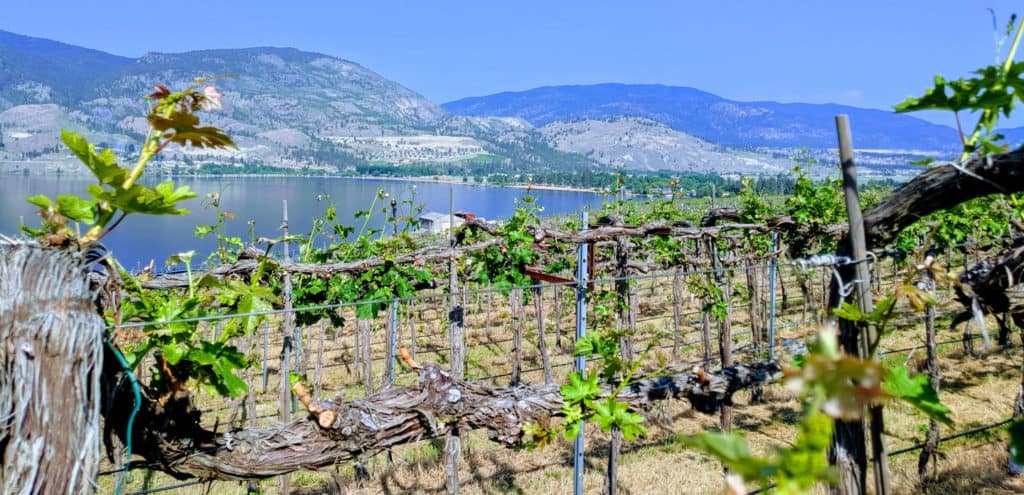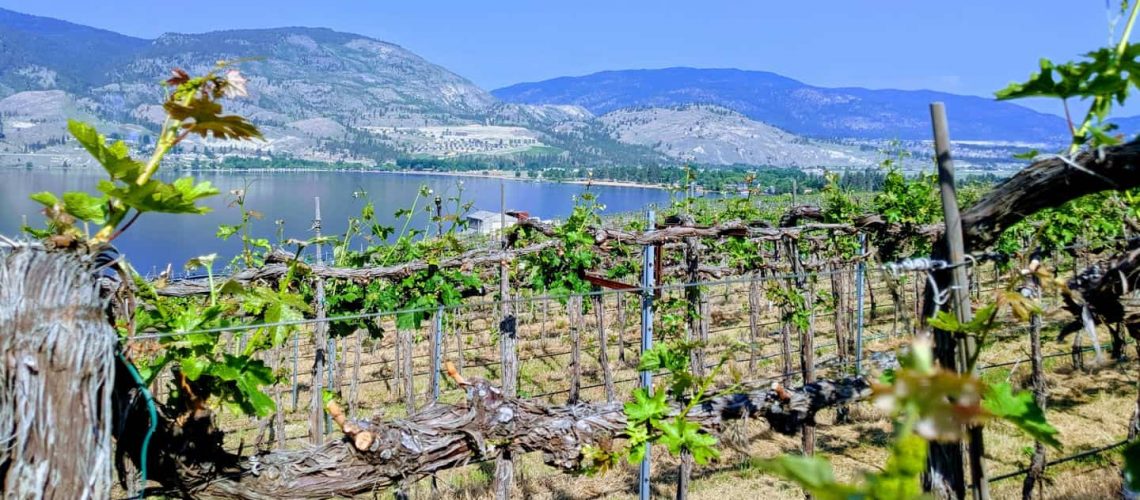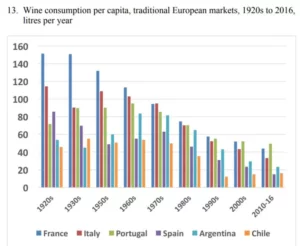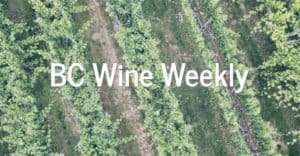Note: This article is based on a document that I created for our clients as an easy reference after the very bad winter of 2019. It combines practices in the Okangan and other regions as well as up-to-date research on vine cold hardiness.
With increased seasonal variability with climate change, the very challenging winter of 2019 (extremely warm January followed by freezing February) will likely be a reality.
This article is not exhaustive nor meant to be authoritative. If you have other ideas or suggestions, let me know!
Background
- Native varieties will be cold hardier than other cultivars. There are some exceptions with newer hybrids. Cultivar selection has a major impact on cold hardiness.
- A larger root structure encourages cold hardiness in part because the plant has more capacity to store carbohydrates.
- The longer a vine is dormant the stronger its cold hardiness (ie. delayed dormancy reduces cold hardiness).
- Most climate models are predicting an increased risk of late frosts for vineyards, particularly in continental regions. There seem to be a couple of reasons: first that early bud break may advance faster than the last frost retreats, second that weather variability may increase.
- Grafts are more vulnerable than own-rooted plants, particularly at the graft union.
- Long internodes (often on bull canes) reduce cold hardiness.
- Younger plants are more susceptible to freezing.
- Roots are least cold hardy part of the plant.
- The nutrient conducting phloem freezes before the water conducting xylem.
- Plants with a higher xylem to phloem ratio are cold hardier (also part of why vines get more cold hardy with age).
- While snow cover usually is preventative to cold damage, high light levels coupled with snow reflection can de-acclimate vines above snow cover.
- Vines that are nutrient deficient, insect infested, water stressed or diseased have lower cold hardiness.
- Over cropping not only reduces next years crop, but has a negative impact on cold hardiness. Vines lack the resources to both support a large crop and store reserves for the winter.
- Plants that enter dormancy the soonest will leave it the soonest.
Questions?
- What’s going on in the soil? Are you seeing more damage over certain soil types?
- What’s the nutrient level like in the damaged versus (relatively) healthy areas?
- Are there correlations with soil mapping – whether nutrients or electrical conductivity or NDVI?
- Is there a difference between own-rooted and rootstock?
- Have you identified weak trunks that are susceptible to frost damage and may need to be renewed?
- If we know that the phloem gets most easily damaged, would foliar sprays in the spring help? That is, if the plant has reduced nutrient transport capacity than do sprays on the leaves and plant make nutrient availability easier? Or is the opposite true and fertilizers closer to the root more important?
Identification of Cold Damage
- Buds: Select representative canes (ie. ones that would be used for fruiting). Let them warm up for 24-48 hours (gives damaged buds a chance to dessicate). Cut down with until all three buds are visible. A bright green bud is alive, olive green or brown or black is dead. If primary bud is injured but secondary is healthy, likely will get a reduced crop. If only tertiary bud is healthy, plan to just recover for a crop next year.
- Trunk: Slice into trunk to view browning of phloem and xylem. Cold damage is also indicated when vine is growing in the spring and suckers are growing more vigorously than the top of the vine. Also if crown gall forms.
If Damaged
- Buds: At 90% bud survival, no change is necessary. At 50% bud survival, leave twice the number of buds you normally would. Once you hit 70% bud loss, delay pruning until shoot growth in the spring.
- Trunk: Don’t remove suckers, train them up. If suckers are reduced, remaining ones will be too vigorous (as well cutting suckers stresses the plant).
- ProAg’s “Phite-Back” to encourage additional rooting? 0-26-27 with 3% organic acids
Encouraging Cold Hardiness (Pre-Winter)
- Avoid late season fertilization as it encourages late season growth and delays woody tissue formation.
- Late season irrigation of top ~1m of soil to field capacity. I also wonder if more water in roots, means more thaw to activate water balance (sap movement) in spring?
- Physically covering (up to the point of burial) vines. More simply, covering ground in a mulch or other products.
- Large canes are less cold hardy. Increasing canopy light exposure decreases late growth and cane size and thus increases cold hardiness.
- Vines that are pruned earliest will lose dormancy the soonest.
Sprays for Cold Hardiness
- Potassium acetate in July/August (to harden vascular tissue)
- 3-5 application of silicate (silicon thickens cell walls)
- Oil sprays in early spring to protect buds
Preventing Cold Damage (During, Post-Winter)
- Overhead irrigation to lower lethal temperature
- Anti-frost “candles” or heaters (as in France) – not just warming air but smoke can make it harder for cold air to settle
- Soil and other covers are strong insulators. If concerned for graft union, can cover in soil up to that point.
- Wind machines






